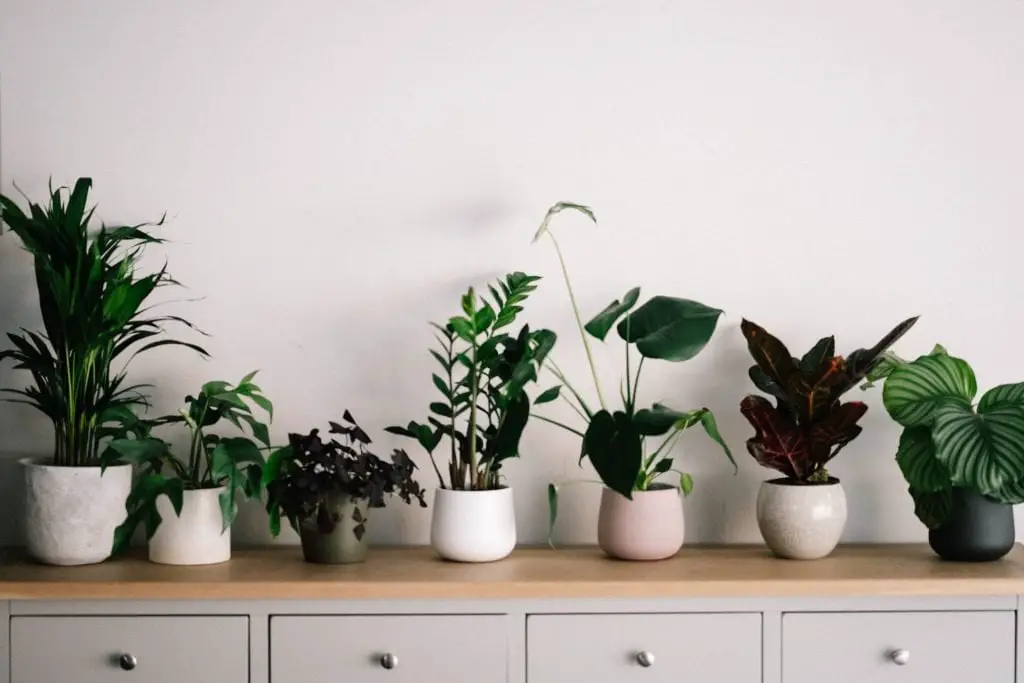Indoor plants are an essential part of every interior decoration theme. Go through this article to know how to allow these beauties to thrive indoors.
Indoor plants brighten up and improve the overall appearance of a house. Greenery adds color and life to space and matches with a variety of indoor decoration schemes. They boost mood, enhance creativity, reduce stress, and even improve the quality of the air.
These plants are also a great option for those having a small yard space for outdoor gardening. Indoor plants are relatively easy to grow and take care of. Although some common rookie mistakes may make it difficult for new planters.
In this article, we are going to provide you all the necessary information you need to take care of your indoor plants, from sunlight requirements to adequate watering to the use of fertilizer. In addition, visit Greenery Guide to learn about the best garden tools and their uses.
Plant Selection
The first step is to select the right kind of plants. You may have bought a beautiful new plant and gave it the best care, only to find it withered and wilted. That’s because not all plants will thrive in your home indoors.
Snake plant, pothos, dracaena, ZZ Plant, spider plant, rubber tree, bird’s nest fern, aloe vera, peace lily, jade plant, citrus tree, etc. are some common houseplants. There are many online encyclopedias that can help you learn what’s available.
These encyclopedias are also of great help in deciding what type of plant you want for your house. Ask yourself if you want flowers or prefer a plant with bright green leaves. These plants require different levels of care as well as different nutrition.
Select your plants considering the place you are going to put them. Are you going to place them near a sunny window or a place with limited sunlight? Is it a big space or a narrow spot?
The last thing to consider is how much care and time you will be able to give them. Some plants like pothos, spider plants, and sago palm are low maintenance and durable, whereas orchids require a specific environment and significant care to thrive.
The Right Soil
The soil should be modified for the particular type of houseplant you intend to grow, if possible. Many plants best grow in soils mixed with other ingredients in different ratios. For example, cactus and succulents prefer soil that provides excellent drainage and aeration which can be achieved by adding around one-third of sand. For African violets and ferns, leaf mold or shredded bark should be added into the soil, as they prefer soil with high humus content.
The most important thing you should remember while preparing your soil is that the mixture should be light enough to give enough pore space for air and water circulation and for healthy root growth.
Usually, the best media for indoor plant growth is a combination of equal parts of peat moss, vermiculite/perlite, and fertilizer. This soilless mixture absorbs moisture quite well, although it may dry out very fast. And there is less chance of disease problems and pest growth. Fertilizer provides the required nutrition to the plants.
Watering
Soil that is too dry or too moist is both harmful for plants. The roots start dying, which can eventually cause growth retardation and even the death of the plant.
There are some techniques to decide the watering schedule for your plants. If the soil appears cracked or lighter in color, it may be time for watering. Sticking a finger in can help you determine how moist the soil is. The most precise assessment can be done by testing the weight of the plant. Pick up the pot. The lighter it feels, the more it needs water. For large plants, a moisture meter can be handy to determine how well the plant is hydrated.
Signs of plant dehydration include slow growth of leaves, discolored leaves, loss of flowers and leaves, or curling of leaf edges. Signs of overhydration include loss of young and old leaves at the same time, brown patches on leaves, presence of fungus or mold on the surface of the soil, and presence of water at the base of the pot.
Room temperature tap water works fine for most of the houseplants. A thermometer can be used to assess the temperature of the water.
Use containers that have drainage holes for planting. Place a tray beneath the container to catch excess water. Check the holes from time to time to find out if they are clogged. If the container doesn’t have holes, put a layer of pebbles in the base that will prevent the building up of water.
Light
All plants need sunlight to carry out the process of photosynthesis. For some plants, fluorescent lights can be a substitute for sunlight.
Generally, flowering plants grow best in moderate light, whereas foliage plants can be of three types: those requiring low light, moderate light, and highlight. Choose the location of your plant-based on its light requirements.
Humidity
Some plants like cactus-like dry air. But most plants require high humidity—around 80 percent—especially tropical plants. You can use a humidifier to provide enough moisture, especially in the winter.
A tray containing pebbles and water can be a cheaper alternative to a humidifier. Grouping the plants more closely can also increase local humidity. Mist the plants daily to give them some extra moisture.
Fertilizer
Fertilizer is necessary for supplying essential nutrients to the plants. A standard 10-10-10 formulation works well for most of the houseplants.
Usually, flowering plants require fertilizer rich in potassium. Foliage plants require fertilizer rich in nitrogen.
Adaptation
Plants take time to adapt to the surrounding. Therefore, they should not be moved frequently. A sudden change from a dark room to a sun-rich room can be harmful to them.
Basically, with a few little tricks, you can easily assure your green buddies that they are in their native habitat. Happy planting!
